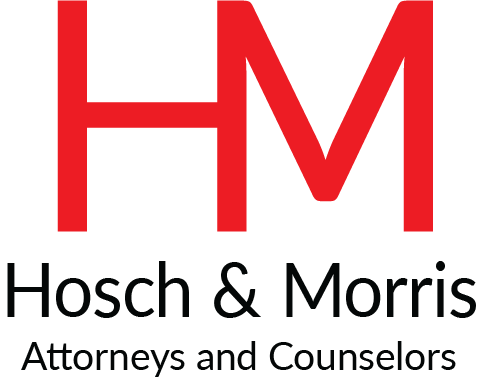Drones in Texas: Privacy? or Free Speech?
Privacy Plus+
Privacy, Technology and Perspective
Drones in Texas: Privacy? or Free Speech? This week, press photographers are celebrating their newly-recognized right to use drones for news gathering.
Texas – a Dim View of Drones: In 2013 and 2015, the Texas Legislature generally forbade the use of Unmanned Aireal Vehicles (“UAVs”) for surveillance on private property. In what has become known as “Chapter 423” of the Texas Government Code, flying a UAV over correctional or detention facilities, critical infrastructure, or sports venues came in for specific mention – understandably, in our view, as those sites are such attractive targets for malicious actors. Also understandably, however, the statute allowed for dozens of exceptions, such as photographs of public property below a certain height or for purposes of higher education, utility and telecom services, certain police or fire purposes, high-risk operations or rescue, oil spill surveys, surveying, real estate sales, engineering, or insurance (among others), or of course with the consent of the surveilled.
You can read the text of Chapter 423 by clicking on the following link:
https://statutes.capitol.texas.gov/Docs/GV/htm/GV.423.htm
Interestingly, Chapter 423 focuses on circumscribing the use of a particular technology, UAVs, rather than on prohibiting specific conduct. Texas already provides a common law action against intrusion (conduct which would be highly offensive to a reasonable person, and which is unjustified, unnecessary and unwarranted), as well as criminal penalties for stalking (under Texas Penal Code Section 42.072, engaging in a pattern of behavior which the person knows or reasonably should know would likely cause a person to feel threatened or fearful). But like most privacy laws, the focus of these protections is on protecting personal rights generally no matter what tools a miscreant selects. Chapter 423, however, - like Texas statutes which prohibit anti-spyware or -eavesdropping devices - is focused on a technology.
Missing One Key Exception: But for all of its enumerated exceptions – and whether intentionally or not – Chapter 423 left out an exception for the press. Read literally, Chapter 423 appears to cover the press corps’ use of UAVs to photograph newsworthy events or circumstances within the statute’s wide prohibitions. So, in 2019, the National Press Photographers’ Association and others filed suit in U.S. District Court in Austin, Texas, seeking to have Chapter 423 declared unconstitutionally restrictive under the first amendment.
This Week’s Decision: On Monday of this week, the Court in Austin ruled in the press corps’ favor and declared the statute unconstitutionally vague (in its definitions of “surveillance” and “commercial enterprise”) and restrictive. The statute’s restrictions would lead to odd results, it held – “As Plaintiffs note, the same drone image taken legally by a professor would constitute a misdemeanor if captured by a journalist.” Applying the strict scrutiny standard, the Court held that specific sections of the statute are not narrowly-tailored enough and may not be enforced.
You can read the opinion in National Press Photographers’ Ass’n v. McCraw et al. at the following link:
https://www.dallasobserver.com/media/pdf/tx_drone_case_sj_order.pdf
---
Hosch & Morris, PLLC is a boutique law firm dedicated to data privacy and protection, cybersecurity, the Internet and technology. Open the Future℠.
